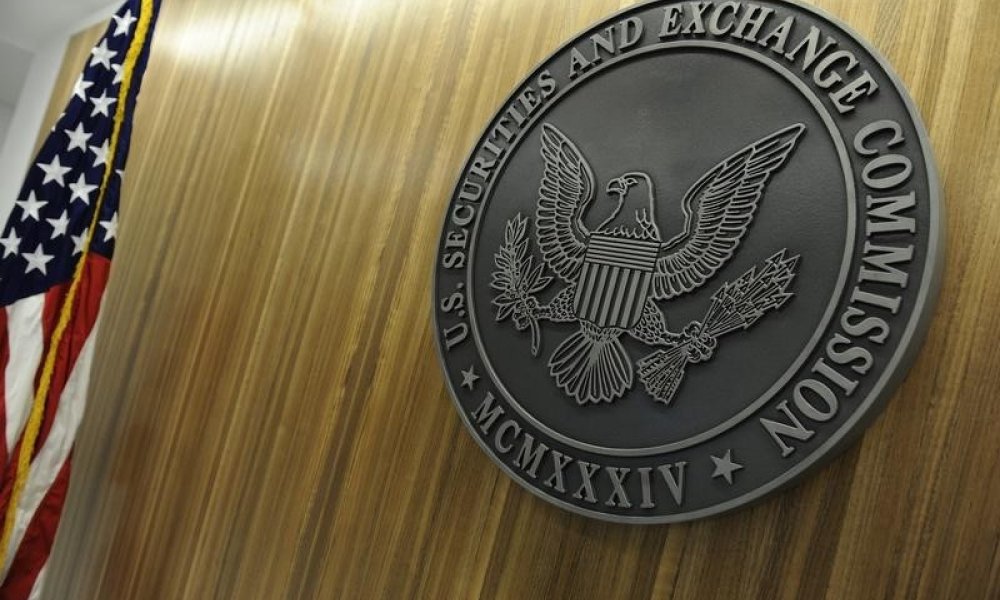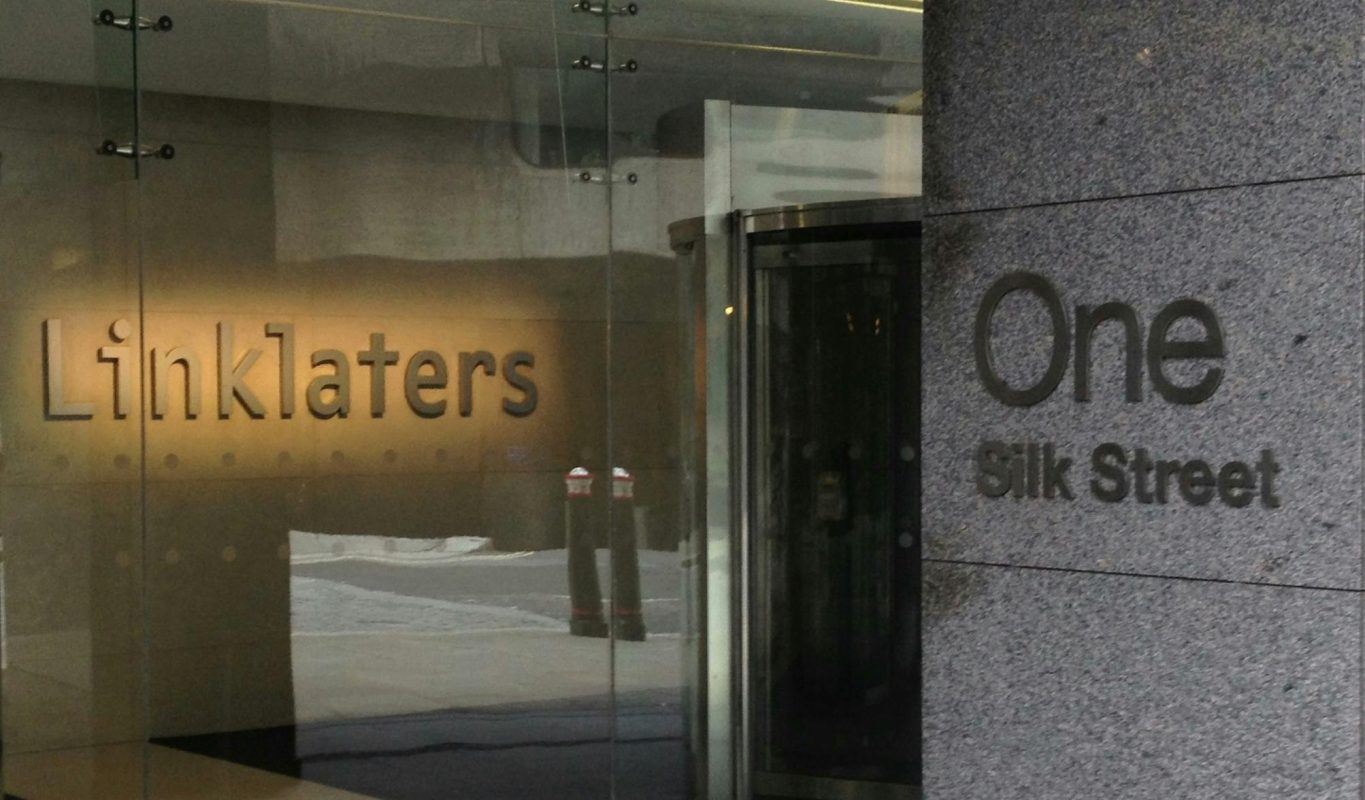The landscape of digital protection is undergoing a significant transformation as regulatory bodies seek to establish standardized protocols that will enhance organizational resilience against potential threats. With the rise of incidents that compromise sensitive information, stakeholders are increasingly advocating for greater clarity and accountability in how businesses manage their digital defenses.
Recent initiatives suggest that authorities are intensifying their efforts to articulate specific guidelines tailored to the evolving challenges posed by the digital age. This push aims to create a framework that not only bolsters the integrity of information systems but also provides stakeholders with confidence that risks are being proactively addressed. Observers note that these developments could reshape the way enterprises approach their security strategies going forward.
As the dialogue continues, various sectors are beginning to engage with the implications of these proposed guidelines. The anticipation surrounding these policy shifts reflects a broader recognition of the critical importance of safeguarding digital assets. In light of this, organizations are urged to reassess their current frameworks in order to align with impending regulatory expectations and fortify their defenses against potential breaches.
Overview of SEC’s Cybersecurity Initiatives
The regulatory body is actively working to establish a comprehensive framework aimed at enhancing the security landscape within the financial sector. This initiative highlights the increasing urgency for organizations to adapt to the evolving threats and vulnerabilities in the digital space.
Key components of this initiative include:
- Risk Assessment: Emphasizing the importance of identifying potential risks and vulnerabilities in digital infrastructures.
- Incident Reporting: Mandating timely disclosure of significant security breaches to ensure transparency and accountability.
- Best Practices: Encouraging the adoption of industry standards and guidelines to bolster defenses against cyber threats.
- Training and Awareness: Promoting educational programs to equip personnel with the necessary skills to recognize and mitigate cyber risks.
These initiatives reflect a proactive stance, aiming to foster a culture of resilience and vigilance across organizations operating in this dynamic environment. By integrating robust security measures, the financial sector can better safeguard both its assets and stakeholders against emerging challenges.
Implications for Publicly Traded Companies
The recent developments in regulatory frameworks are set to significantly impact enterprises listed on stock exchanges. These initiatives aim to enhance the transparency and resilience of organizations when it comes to digital threats, ultimately fostering a more secure market environment.
Enhanced Compliance Burdens: Organizations may face increased obligations to disclose vulnerabilities and incidents. This may necessitate the establishment of more robust internal protocols, leading to additional operational costs.
Impact on Investor Confidence: Clear and comprehensive policies can bolster investor trust. Stakeholders are likely to appreciate firms that demonstrate a proactive stance on safeguarding sensitive information, potentially influencing investment decisions.
Reputation Management: Publicly listed entities must be prepared to address the reputational consequences of cyber incidents. Effective management and communication regarding security matters will be critical in maintaining public perception.
Strategic Resource Allocation: Firms will need to prioritize resource allocation towards cybersecurity measures. Investments in technology, employee training, and risk assessments will become essential components of overall business strategy.
Legal and Financial Ramifications: Failure to adhere to emerging guidelines may expose firms to legal challenges and financial penalties. It is essential for organizations to stay informed and compliant to mitigate these risks.
Key Elements of Proposed Regulations
The recent proposal outlines significant aspects aimed at enhancing the resilience and transparency of organizations when facing digital threats. This initiative seeks to establish a framework that ensures entities are better prepared and more accountable regarding their online security practices.
- Disclosure Obligations: Entities will be expected to provide comprehensive information about their security incidents and the measures taken to mitigate risks.
- Incident Reporting: Timely notifications of breaches will be mandatory, allowing stakeholders to be informed promptly and effectively.
- Risk Management Strategies: Organizations will be required to develop and implement robust plans to identify, assess, and manage potential vulnerabilities.
- Internal Controls: Enhanced internal protocols will be necessary to safeguard sensitive data and ensure compliance with established standards.
- Board Oversight: Leadership will need to take an active role in overseeing cybersecurity practices, ensuring that adequate resources are allocated to this critical area.
- Third-Party Management: Entities must evaluate the security practices of vendors and partners to mitigate risks stemming from external relationships.
This framework aims not only to fortify defenses but also to foster a culture of responsibility and vigilance within entities. By adopting these regulations, it is anticipated that the overall safety and integrity of the digital ecosystem will improve significantly.
Comparison with Other Regulatory Frameworks
This section explores the similarities and differences between the forthcoming guidelines and existing regulatory structures that also aim to address the safeguarding of digital assets and information. Understanding these parallels can provide insights into the evolving landscape of compliance and risk management.
Global Standards vs. National Guidelines
Various international conventions and national regulations share common goals regarding data protection and privacy, yet they often approach these objectives in distinct manners. For example, the General Data Protection Regulation (GDPR) in the European Union emphasizes strict accountability and transparency, demanding comprehensive consent from individuals for data collection. In contrast, U.S. regulations have traditionally offered a more flexible framework, allowing for varied approaches depending on the industry sector. This divergence raises questions about the potential effectiveness of a harmonized approach across different jurisdictions.
Industry-Specific Regulations
Beyond general guidelines, specific industries have developed their own regulatory measures to cope with unique challenges. Financial services and healthcare sectors, for instance, follow stringent protocols due to the sensitive nature of their information. While these regulations are often rigorous, they also allow for customized strategies that cater to the threats pertinent to their operations. The integration of newly established policies with existing frameworks could enhance the overall resilience of organizations in different sectors, fostering a more uniform understanding of safety standards.
Stakeholder Reactions and Perspectives
This section explores the range of responses and viewpoints from various parties impacted by the impending regulations pertaining to digital security practices in the corporate realm. As the landscape evolves, organizations, investors, and consumers express diverse opinions about the potential implications and benefits of these anticipated measures.
| Stakeholder Group | Reactions |
|---|---|
| Businesses | Many corporations are welcoming the initiative, seeing it as a chance to enhance their protocols while ensuring accountability and transparency. |
| Investors | Investors are generally optimistic, believing that improved standards will lead to lower risks and better overall performance in the market. |
| Consumers | Customers are increasingly demanding stronger safeguards for their data, and many view these forthcoming guidelines as a positive step towards protecting their interests. |
| Regulatory Experts | Experts in compliance are cautiously supportive, noting that clear directives could streamline processes but emphasize the need for reasonable timelines for implementation. |
| Legal Specialists | Legal professionals express concerns about possible liabilities and the need for precise language to avoid ambiguity in enforcement. |
Future Outlook for Cybersecurity Policies
The increasing reliance on digital infrastructure has highlighted the importance of robust protective measures in the corporate landscape. As organizations navigate the complexities of modern threats, a shift toward clearer frameworks is becoming essential. Stakeholders are keenly aware that proactive strategies and adaptable protocols will play a vital role in safeguarding assets and mitigating risks.
Anticipated Developments in Regulatory Landscape
With the growing emphasis on digital safety, regulatory bodies are expected to introduce comprehensive guidelines that enhance accountability among organizations. These forthcoming mandates will likely focus on standardizing practices to ensure a baseline of safety for all stakeholders involved.
| Key Focus Areas | Potential Guidelines |
|---|---|
| Incident Response | Establish clear protocols for addressing breaches |
| Data Protection | Implement stringent measures for handling sensitive information |
| Employee Training | Mandate regular education sessions on emerging threats |
| Technology Upgrades | Encourage investment in advanced security systems |
Impact on Organizational Practices
The anticipated guidelines are expected to influence organizational behavior significantly. Compliance with new frameworks may result in heightened operational transparency and foster trust among customers. As businesses adapt to these evolving expectations, the focus will increasingly shift toward a culture of vigilance and resilience.
Q&A: Sec is Inching Closer Clarity Cybersecurity Requirements
What are the main objectives of the SEC’s proposed cybersecurity requirements for companies?
The SEC’s proposed cybersecurity requirements aim to enhance transparency and accountability among publicly traded companies regarding their cybersecurity practices. By establishing clear guidelines, the SEC seeks to ensure that companies disclose any material cybersecurity incidents and their potential impacts on financial performance. This move is intended to protect investors by providing them with better information to assess the risk landscape, ultimately leading to more informed investment decisions. Additionally, these requirements are intended to standardize how companies report cybersecurity incidents, making it easier for stakeholders to compare the cybersecurity posture across different entities.
How will the new cybersecurity requirements affect small companies compared to larger corporations?
The new cybersecurity requirements will likely pose unique challenges for small companies compared to larger corporations. While larger firms may already have established cybersecurity frameworks and resources to comply with extensive regulations, small businesses may struggle to meet the same standards due to limited budgets and expertise. The SEC is aware of this disparity and may consider scaling the requirements based on the size and complexity of a company. It is anticipated that smaller firms will receive guidelines that are tailored to their capabilities, which could include simplified reporting procedures or extended timelines for compliance. Nonetheless, all companies will still be encouraged to adopt robust cybersecurity measures to protect against increasing threats.
What steps should companies take to prepare for the upcoming SEC cybersecurity requirements?
To prepare for the forthcoming SEC cybersecurity requirements, companies should take several proactive steps. First, they need to conduct a comprehensive assessment of their current cybersecurity policies and practices. This may involve identifying vulnerabilities, assessing the effectiveness of existing security measures, and understanding potential risks. Next, companies should establish or enhance incident response plans to ensure they can effectively report and mitigate any cybersecurity incidents. Additionally, engaging with legal and compliance experts can help in understanding the implications of the new regulations. Finally, continuous employee training and awareness programs on cybersecurity threats will be essential, as human error is often a significant factor in security breaches. By taking these steps, companies can create a more resilient cybersecurity posture that aligns with the SEC’s upcoming requirements.
What implications could the SEC’s cybersecurity requirements have on investor confidence?
The SEC’s cybersecurity requirements could significantly influence investor confidence in several ways. Firstly, by formalizing reporting standards, investors will have access to clearer and more consistent information about the cybersecurity risks that companies face. This transparency can help mitigate uncertainty and foster a sense of trust. Investors are often concerned about the potential financial impact of cybersecurity incidents; thus, knowing that companies are held accountable for their cyber practices can enhance confidence in the integrity and management of these businesses. Additionally, companies that demonstrate robust cybersecurity measures may differentiate themselves in the market, attracting investors looking for stability and reduced risk. However, any failure to comply with these new requirements could potentially harm reputation and diminish investor trust, highlighting the importance of effective cybersecurity governance as a critical component of corporate strategy.
What are the new SEC cybersecurity disclosure requirements proposed in 2023?
The new SEC cybersecurity disclosure requirements proposed in 2023 aim to enhance and standardize the reporting of cybersecurity risk management, policies, and procedures. Public companies will be required to disclose significant cybersecurity incidents on Form 8-K and provide updates on previously reported incidents.
How does the SEC’s proposed rule address cybersecurity risk management for public companies?
The SEC’s proposed rule mandates that public companies must disclose their cybersecurity risk management policies and procedures. The rule also requires companies to explain how their board of directors oversees cybersecurity risks, which is aimed at improving transparency and investor confidence.
What are some cybersecurity initiatives the SEC has listed for 2023 and 2022?
In 2022 and 2023, the SEC listed three cybersecurity initiatives on its fall regulatory agenda, focusing on standardizing disclosure requirements, enhancing incident disclosure, and addressing the governance of cybersecurity risk management. These initiatives are part of the SEC’s broader effort to improve corporate transparency in response to increasing cybersecurity threats.
Why is the SEC inching closer to clarity on cybersecurity disclosure requirements for public companies?
The SEC is inching closer to clarity on cybersecurity disclosure requirements to ensure that public companies provide timely and material information regarding cybersecurity incidents and risks. The new rules are designed to protect investors and provide them with clearer insights into how companies are managing cybersecurity threats.
How will the SEC’s new cybersecurity disclosure rules impact the board of directors of public companies?
The SEC’s new cybersecurity disclosure rules will require public companies to explain the role of their board of directors in overseeing cybersecurity risks. This could lead to greater accountability for boards and increased focus on cybersecurity expertise within corporate governance structures.




